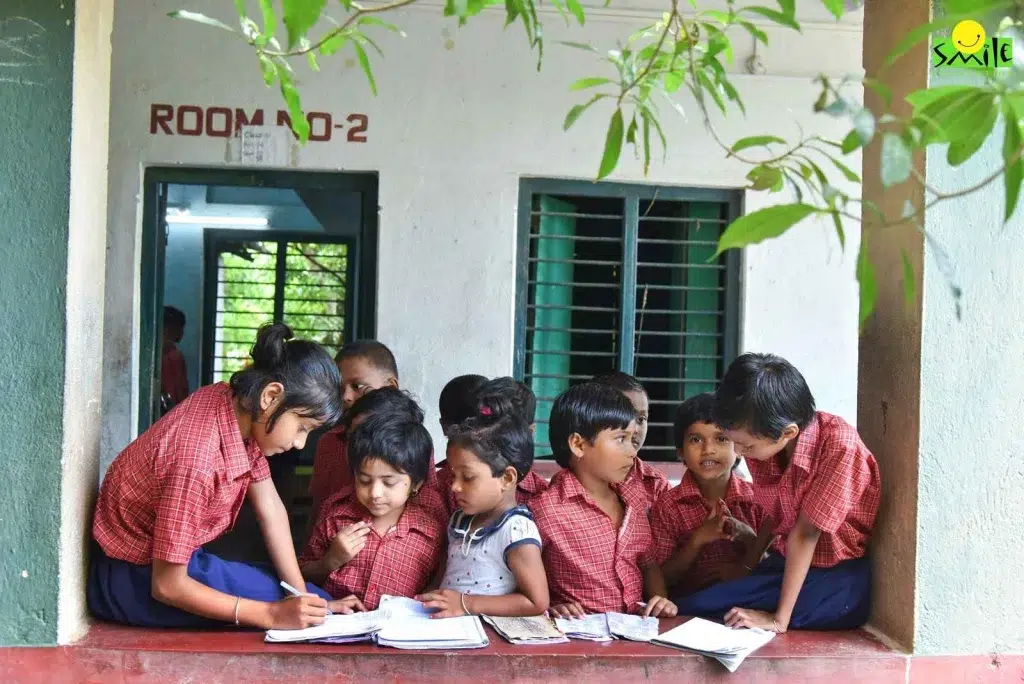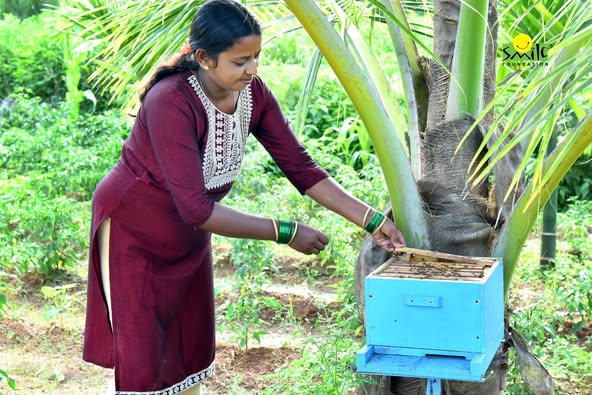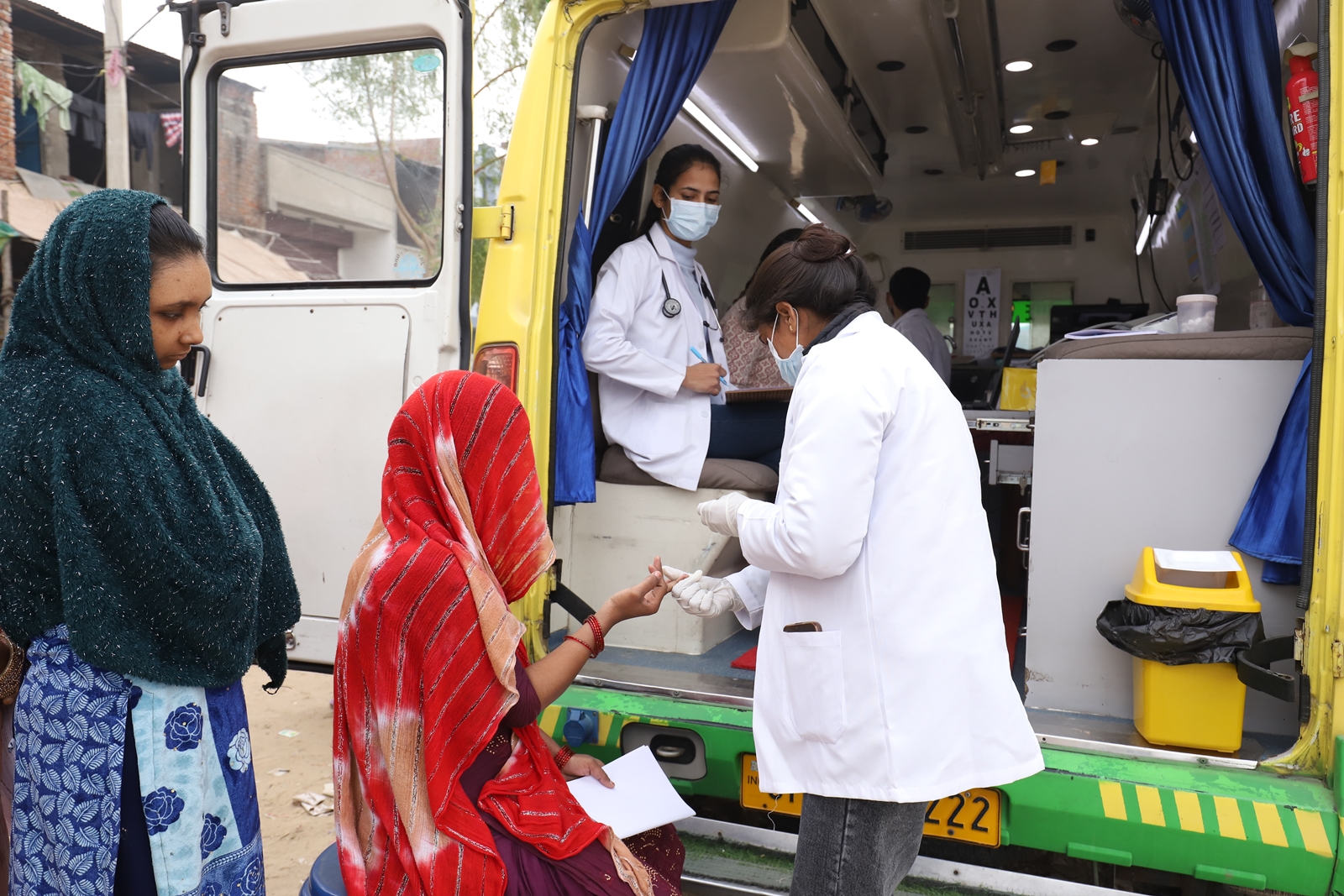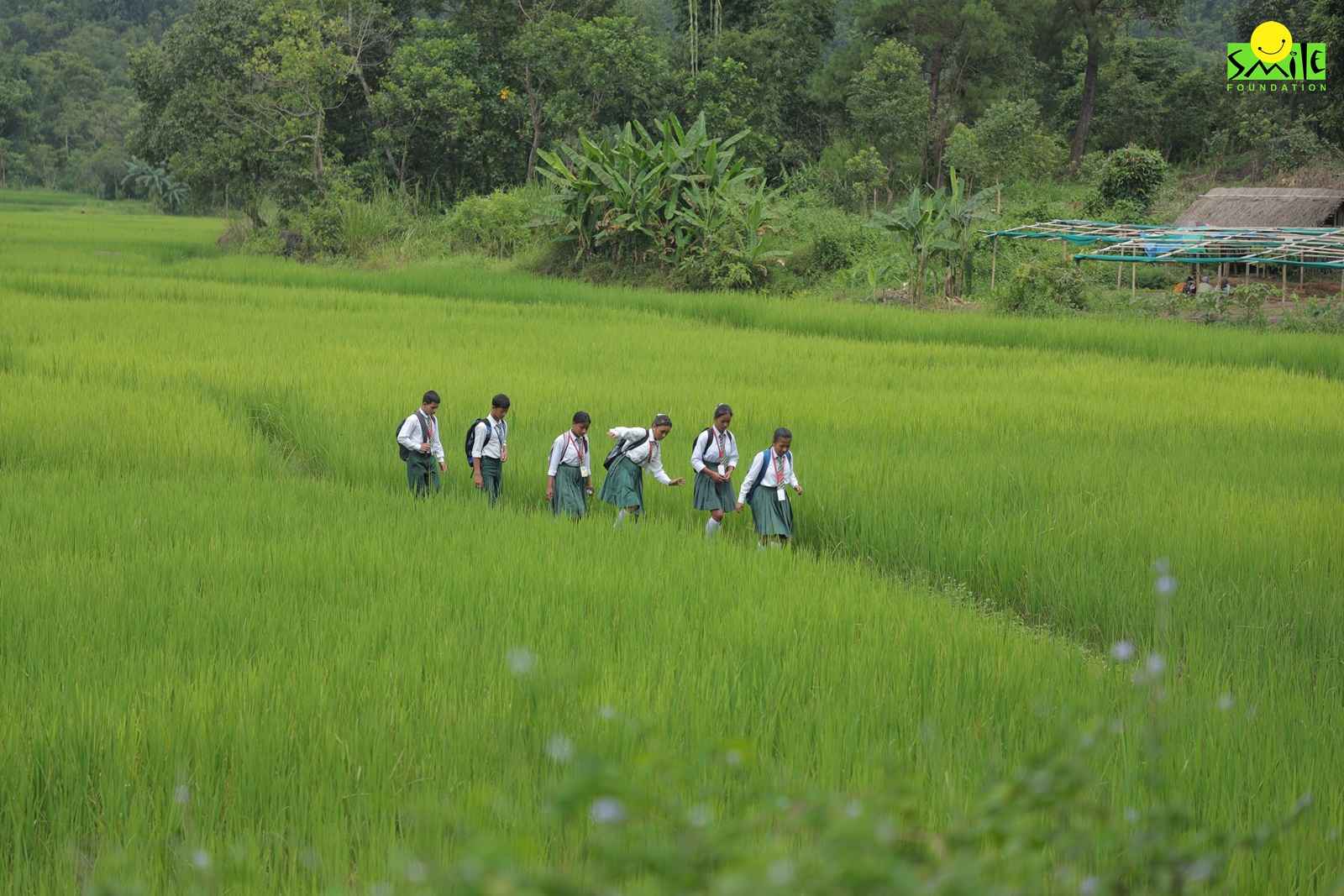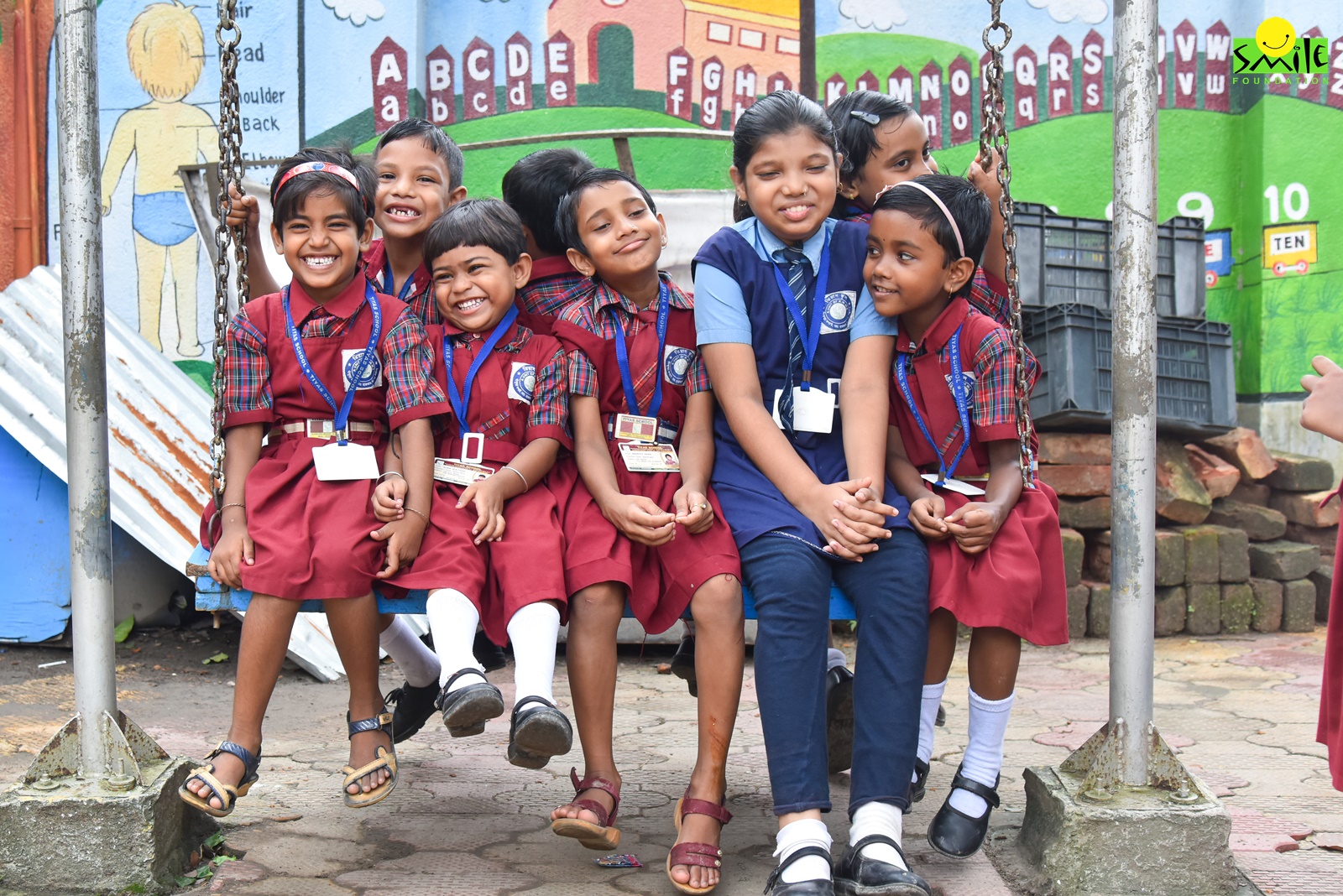Air Quality in Delhi again reached alarming levels, with Air Quality Index (AQI) measurements going above 1500 in some areas. At this level, the air in Delhi is practically poisonous and can cause major breathing problems, lung-related illnesses and other issues especially in vulnerable groups like the elderly and children.
Delhi has been grappling with severe air pollution for years now, primarily caused by industrial activities, vehicular pollution, burning of crop residues in nearby states and much more. However, it seems that not much has been done to solve the problem. This begs the question if Delhi’s air pollution is an isolated issue or is it connected to something bigger?
Air Pollution and Climate Change
Air pollution and climate change are intrinsically linked. The reasons behind air pollution, namely crop burning, vehicular emissions, fossil fuel consumption, uncontrolled industrial activities, etc., also contribute to global warming. In Delhi, the rampant use of diesel generators, open burning of crop residue and construction dust exacerbate the pollution levels, creating a vicious cycle that worsens the effects of climate change.
Delhi, known for its winters, has now been experiencing shorter and harsher winters, while the summers are becoming more and more unbearable every year. The use of air conditioning has become a necessity in the last decade. Similar changes are being experienced in other major cities too, as Mumbai, Kolkata, Bengaluru also grapple with problems of changing weather conditions, increased occurrences of floods and rise in pollution levels.
Even in the popular hill destinations like Simla, the temperatures are rising in a way that people are now forced to install air coolers and sometimes air conditioning in their homes and hotels. These changes are not just limited to India but can be seen in all the major cities around the world. This is because climate change’s adverse effects don’t remain limited to a country or region which is contributing the most to greenhouse gas emissions.
Beyond Air Pollution
While air pollution is the most talked about problem because it has a direct impact on our lives, there are other forms of pollution that are consistently contributing to climate change. One of the biggest issues is that of the pollution of our water bodies. Every day, huge amounts of industrial waste is dumped into rivers, lakes are dried up to make space for urban construction and dams are built altering the natural environment significantly.
Similarly, we are also dealing with newer and bigger problems as the world progresses and adopts more technology. Discarding electronic waste is one such problem as it is leading to huge landfills covered with electronic waste. This is again a major contributor to pollution and climate change. Cutting down of trees, deforestation and land degradation, everything is increasing the speed of climate change. However, these issues only get cursory coverage in the media while we go back to our daily lives.
Extreme Weather Events
While it may seem like all these climate changes are not creating a direct impact on us as of now, it would be a big misconception to carry. Climate change is causing an increase in the frequency and intensity of extreme weather events. Heatwaves, floods, hurricanes and droughts are becoming more common, with devastating impacts on communities worldwide. In India, recent events like the Kerala floods of 2018 and the Cyclone Amphan of 2020 have resulted in significant loss of life, property and livelihoods.
Similar extreme weather events are being reported from around the world and are becoming more frequent. While the worst effects of climate change are currently borne by the most vulnerable communities, like those who are living near the coastal areas, the poor and homeless, and those who do not have access to expensive remedies; we must understand that this is not a permanent condition. As the problem of climate change worsens, its effects will start showing up more significantly in our protected urban areas too. There is no escaping the effects of climate change.
Climate Change Impact on Children
Any extreme weather conditions or pollution is bound to have worse effects for children and other vulnerable groups because their immunities are not strong enough to fight it. Children are particularly vulnerable to the health risks posed by climate change due to their developing bodies and immune systems. According to UNICEF, over half a billion children live in areas with extremely high flood occurrence and nearly 160 million live in high or extremely high drought severity zones.
Air pollution can impact the lung development of children. It can also hamper their cognitive development. Water scarcity and food insecurity, driven by climate change, can lead to malnutrition and stunted growth. The psychological impact of experiencing extreme weather events, displacement and loss of loved ones can also have lasting effects on children’s mental health.
As the climate change problem increases, it is likely to intensify the impacts on children. Extreme weather conditions like floods, rising temperatures and changing precipitation patterns are likely to affect the access to clean water, air, nutrition rich food and healthcare services too. Children of today and tomorrow are most at risk of being denied a safe and healthy future and to live in the kind of world that their ancestors lived in.
Initiatives to Tackle Climate Change Problem
Addressing climate change needs a muti-faceted approach where individuals, organisations and governments work together. While individuals need to focus on their own carbon footprint and adopt a more sustainable lifestyle, governments need to come together and frame policies that can begin to slow down the climate change process. Here are some of the initiatives that have come up in the recent time-
- Paris Climate Agreement: It is an international treaty aimed at limiting global warming to well below 2 degrees Celsius, with efforts to limit it to 1.5 degrees Celsius. However, the progress in this direction has been far from impressive because of the political resistance.
- The United Nations Framework Convention on Climate Change (UNFCCC): This is again an international treaty that aims to counter climate change through various protocols and mechanisms.
- National Action Plan on Climate Change (NAPCC): India has also been playing a big role in this fight against climate change and NAPCC is one such initiative. It focuses on renewable energy sources, sustainable agriculture, water conservation, etc.
Apart from the global initiatives, various private sector organisations and nonprofits are also playing an important role in tackling climate change. Smile Foundation, for example, is actively involved in promoting environmental sustainability and educating communities about the impacts of climate change. Through initiatives like tree plantation drives, water conservation projects and climate resilience programmes, NGOs are making a significant impact at the local level.
To secure the future of children, it is important that the effects of climate change are mitigated. Children are the future of our world and if they do not have a healthy world to live in, our future will be in jeopardy. Therefore, we need to adopt solutions like promoting renewable energy, enhancing climate education, tackling pollution, etc. By taking collective action and implementing sustainable solutions, we can protect our planet and ensure a healthier and more prosperous future for all.



